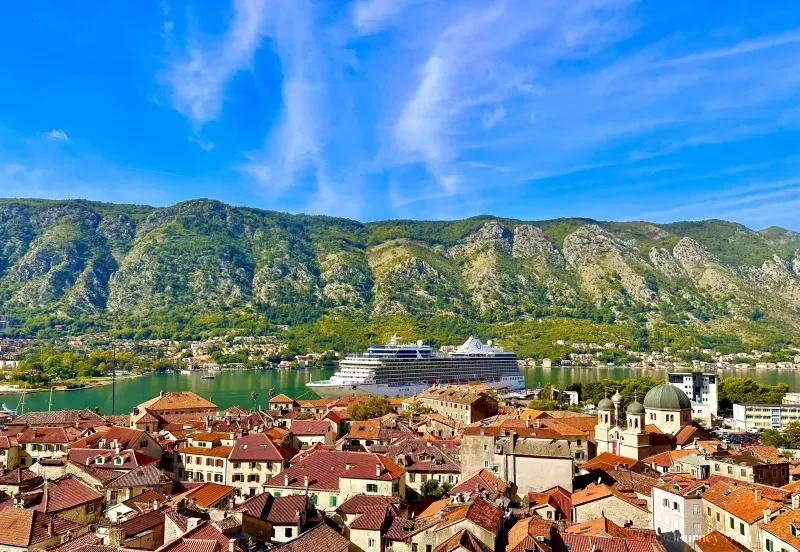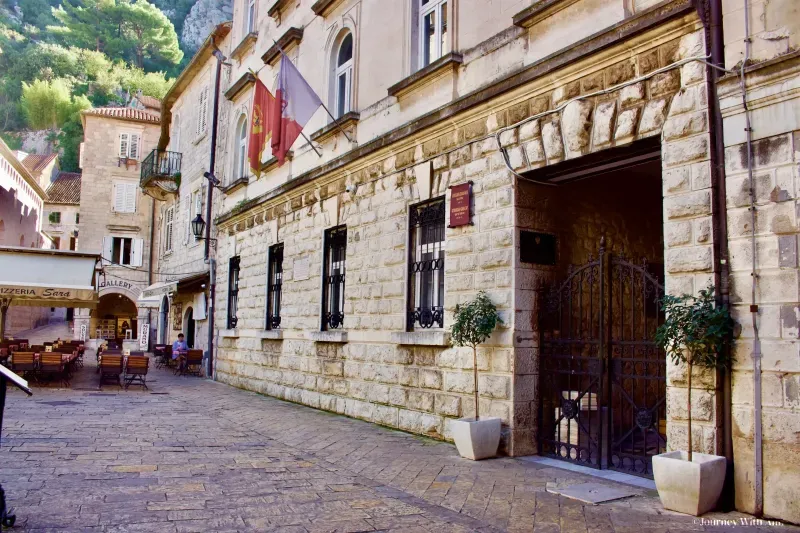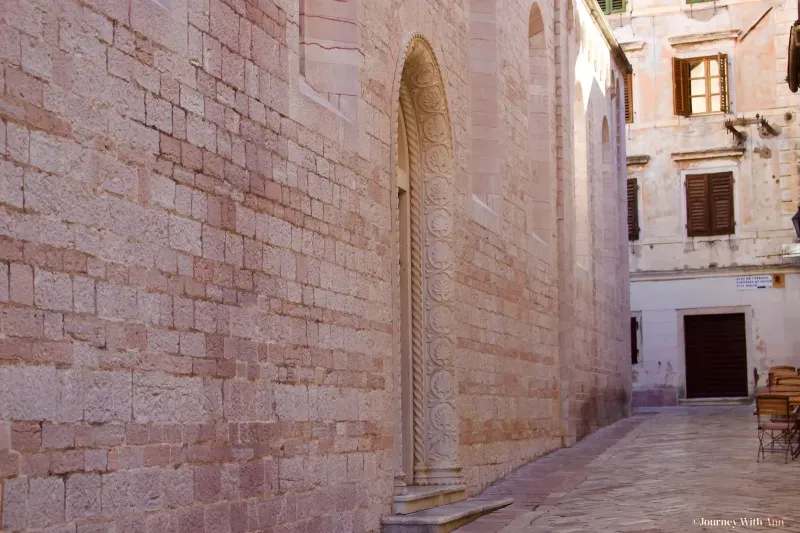The Historical Influences on Kotor
The history of Kotor dates back over two thousand years, with its origins often linked to the ancient Romans, who, after conquering the region in 168 B.C., recognized the strategic importance of Kotor's natural harbor on the Adriatic coast. Over the centuries, the city has been influenced by various civilizations, including the Illyrians, Venetians, Austrians, and the Byzantine Empire, each leaving a unique mark on its cultural and architectural heritage.
UNESCO World Heritage Site
Kotor's medieval Old Town is a UNESCO World Heritage site, a recognition that speaks to its outstanding universal value and the need to preserve its cultural heritage. The preservation of Kotor's Old Town is not just about maintaining buildings but about keeping alive the stories and the spirit of the people who have lived, traded, and fought within its walls through the ages.
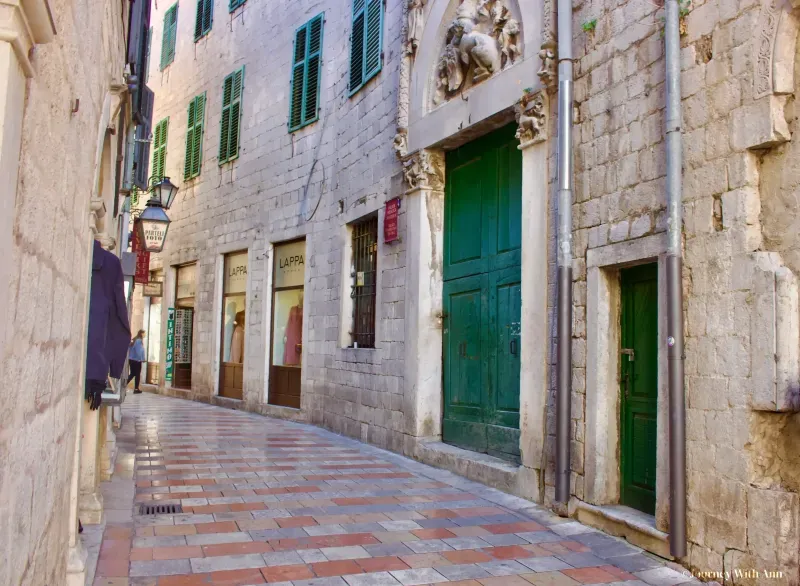
Venetian Fortifications
Walking through the narrow streets of Kotor, one is transported back to the Middle Ages, a time when Kotor was a flourishing center of commerce under the Venetian Republic. The Venetians, who ruled Kotor from the early 15th century until the end of the 18th century, fortified the city with impressive walls that stretch 4.5 kilometers up the steep slopes of the surrounding mountains, a testament to their engineering prowess and the strategic importance of Kotor. These walls, illuminated at night, create a breathtaking sight, visible from both land and sea, and symbolize the enduring strength and resilience of Kotor.
Architectural and Religious Monuments
Architectural and Religious Monuments The heart of Old Town Kotor is a treasure trove of historic buildings, including the Cathedral of Saint Tryphon, a monument of Romanesque architecture dating back to 1166. This cathedral houses precious artifacts and offers insights into the religious and cultural life of medieval Kotor. Equally captivating are the Church of Saint Luke, the Church of Saint Ana, and the Church of Saint Mary, each with their own unique stories and architectural features.
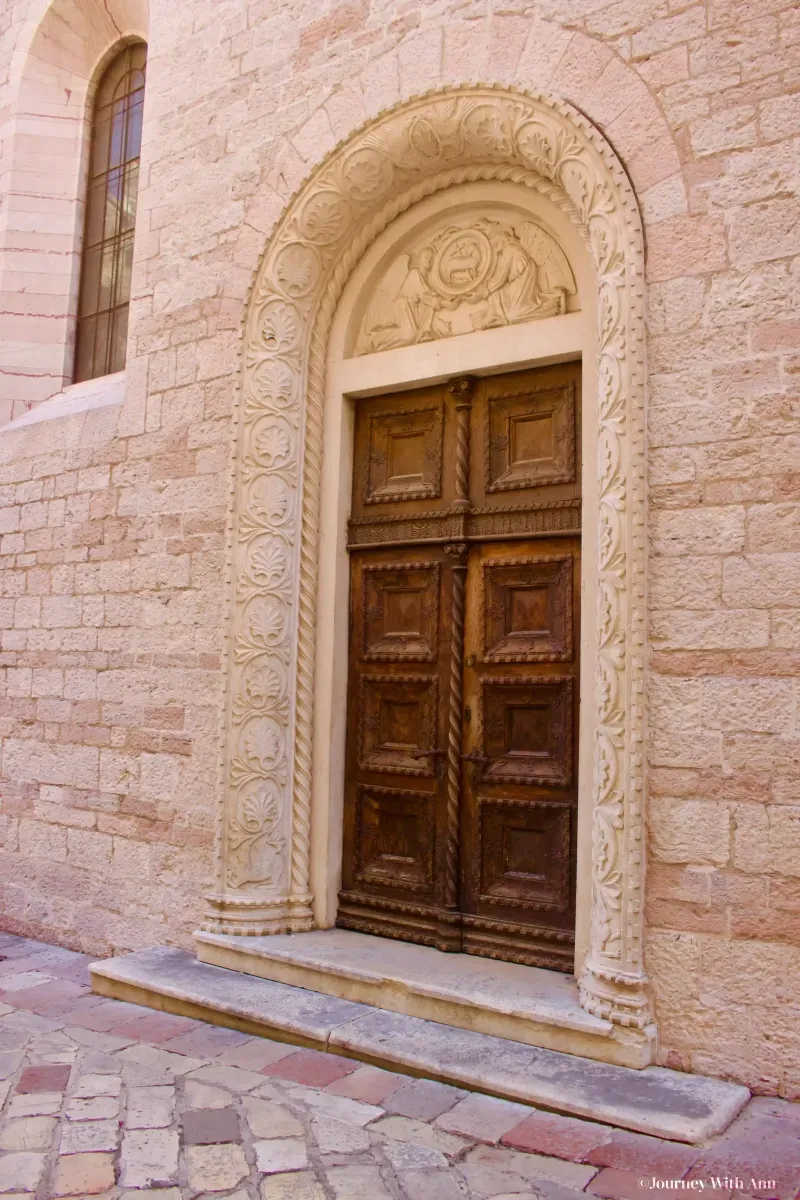
Maritime Heritage of Kotor
One cannot discuss Kotor without mentioning its maritime history. The Maritime Museum, housed in an 18th-century Baroque palace, showcases Kotor's seafaring achievements and the importance of maritime trade to the city's prosperity. The exhibits of ancient maps, ship models, and naval artifacts tell the story of brave sailors and skilled craftsmen who navigated the treacherous waters of the Adriatic and beyond.
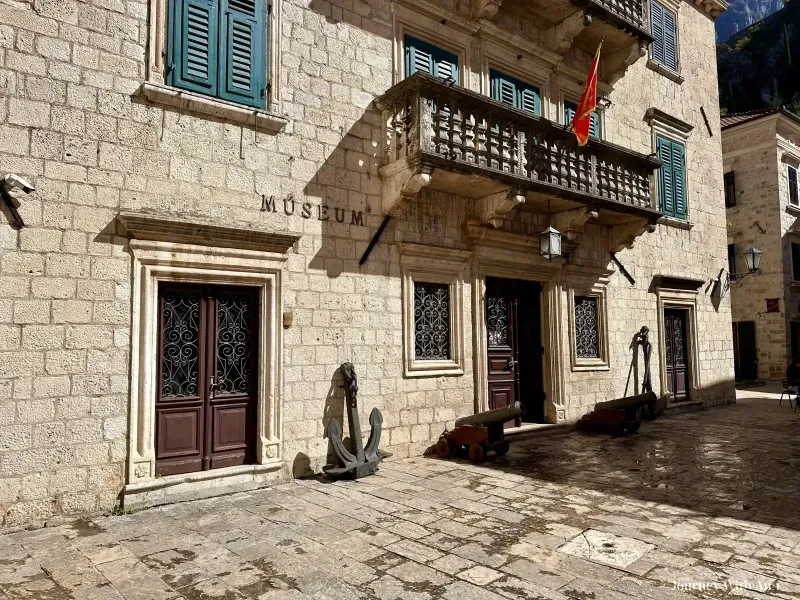
The Vibrant Life Within the Walls
Kotor's Old Town is not just a place of historical or architectural significance; it's a vibrant community where the past and present coexist. Local artisans sell handmade jewelry, crafts, and traditional Montenegrin clothing in the same squares where merchants from distant lands once bartered goods. Cafés and restaurants offer a taste of Montenegrin cuisine, a blend of Italian, Turkish, and Hungarian influences, allowing visitors to savor flavors that have been part of Kotor's cultural melting pot for centuries.
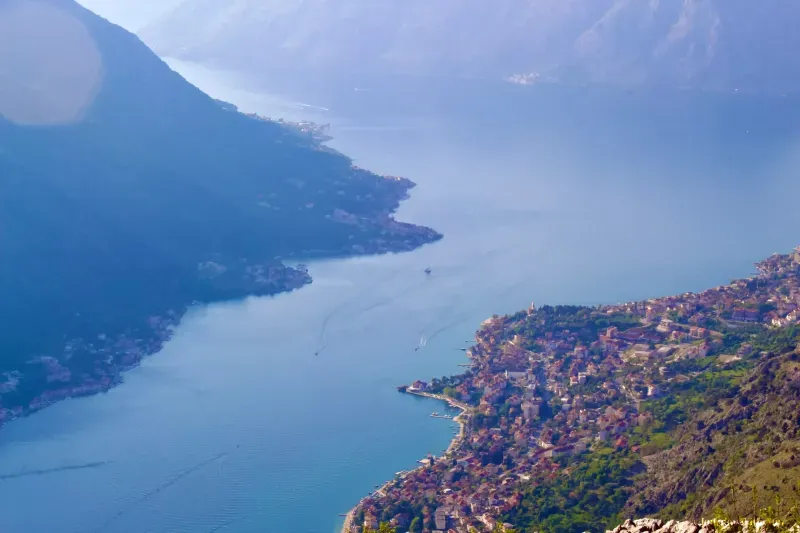
The Bay of Kotor
The city's allure extends beyond its walls to the Bay of Kotor, one of the most indented parts of the Adriatic Sea, sometimes called Europe's southernmost fjord. The bay is dotted with small towns and churches, each with their own history and charm, set against the backdrop of a stunning mountainous landscape.
Kotor
Kotor's enduring appeal lies not just in its monuments and museums but in the living history and culture that permeates every stone and street. It's a place where every corner holds a story, every building a testament to the skill and artistry of its builders. It's a city that has withstood the test of time, wars, and natural disasters, yet remains as captivating as ever.
Conclusion
Visiting Kotor is like stepping into a storybook, where history comes alive and the modern world seems a world away. It's a testament to the enduring human spirit, a reminder of the past's impact on the present, and an invitation to explore, learn, and be inspired. For those who venture within its walls, Kotor offers not just a journey through history but an unforgettable experience that calls one back, time and again, to discover more of its secrets and charms.
